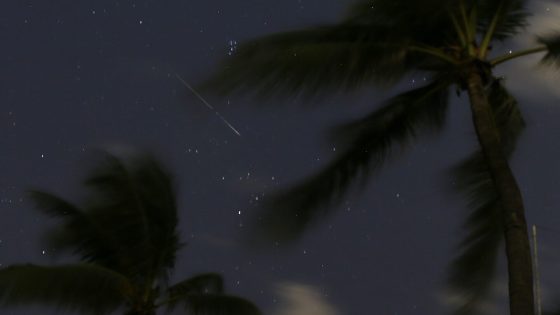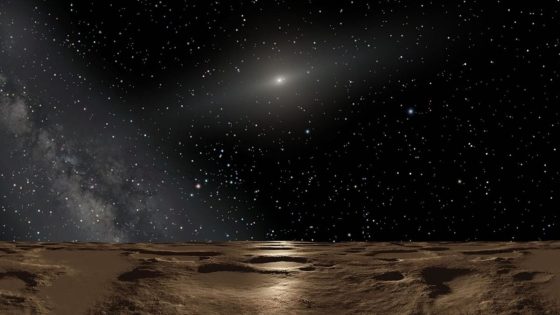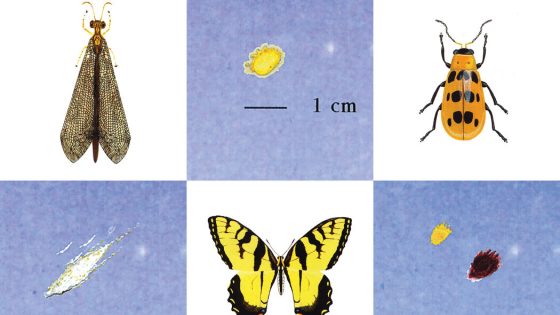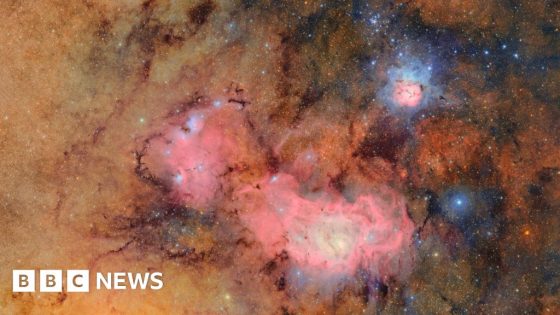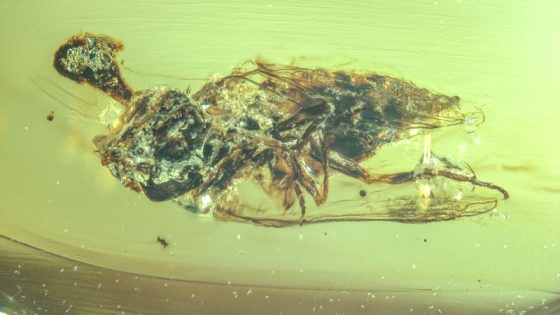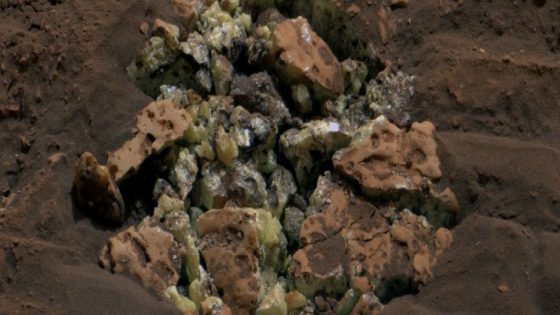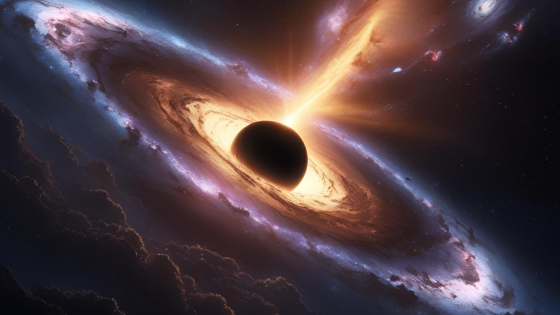The Perseids meteor shower, renowned for its breathtaking displays, is set to peak soon. Observers can expect a dazzling show as Earth passes through debris from comet 109P/Swift-Tuttle. However, this year, the bright moon will interfere with optimal viewing conditions, particularly during the peak on 2025-08-08 17:20:00.
- Perseids meteor shower peaks soon.
- Bright moon affects viewing conditions.
- Best viewing after peak, darker skies.
- Source of Perseids: comet 109P/Swift-Tuttle.
- Optimal viewing times: early predawn hours.
- Next major meteor shower: Orionids in October.
Experts suggest waiting a week after the peak to catch a clearer view of the shooting stars. Under ideal conditions, the Perseids can produce 60 to 100 meteors per hour, but with the moon at 84% full, skywatchers may only see 10 to 20 meteors per hour.
Why do meteor showers like the Perseids captivate so many? They offer a rare glimpse into the cosmos, showcasing the remnants of ancient comets. Observers should remember:
- Optimal viewing is in dark areas, away from city lights.
- Early predawn hours provide the best visibility.
- Cloudless nights enhance the experience.
- Keep your eyes adjusted to the dark for better spotting.
As we look forward to the next major meteor shower, the Orionids in late October, consider making stargazing a regular part of your routine. Each meteor shower offers a unique opportunity to connect with the universe.



